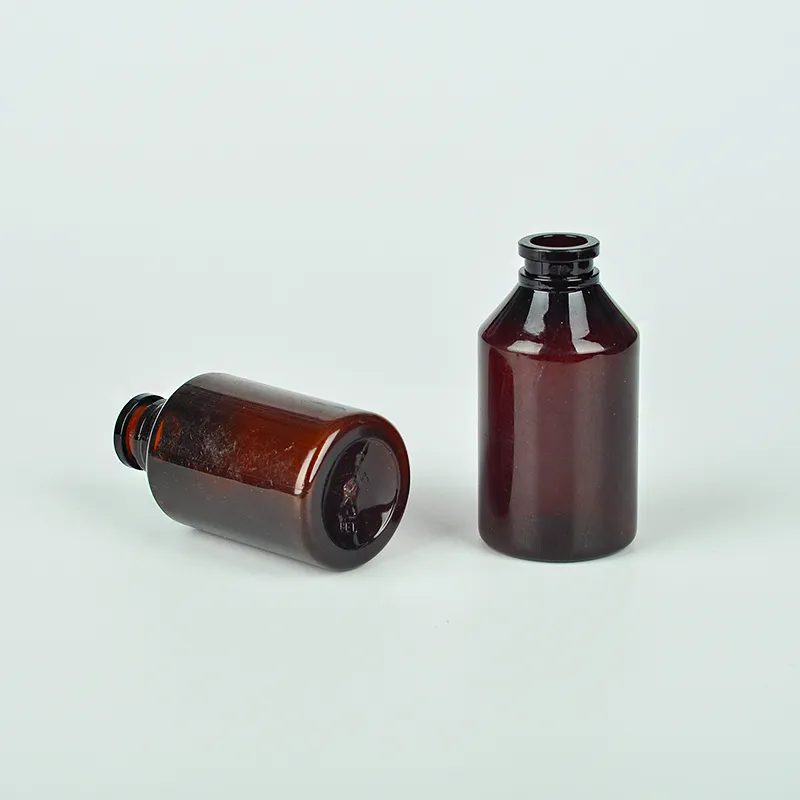
-
 Afrikaans
Afrikaans -
 Albanian
Albanian -
 Amharic
Amharic -
 Arabic
Arabic -
 Armenian
Armenian -
 Azerbaijani
Azerbaijani -
 Basque
Basque -
 Belarusian
Belarusian -
 Bengali
Bengali -
 Bosnian
Bosnian -
 Bulgarian
Bulgarian -
 Catalan
Catalan -
 Cebuano
Cebuano -
 Corsican
Corsican -
 Croatian
Croatian -
 Czech
Czech -
 Danish
Danish -
 Dutch
Dutch -
 English
English -
 Esperanto
Esperanto -
 Estonian
Estonian -
 Finnish
Finnish -
 French
French -
 Frisian
Frisian -
 Galician
Galician -
 Georgian
Georgian -
 German
German -
 Greek
Greek -
 Gujarati
Gujarati -
 Haitian Creole
Haitian Creole -
 hausa
hausa -
 hawaiian
hawaiian -
 Hebrew
Hebrew -
 Hindi
Hindi -
 Miao
Miao -
 Hungarian
Hungarian -
 Icelandic
Icelandic -
 igbo
igbo -
 Indonesian
Indonesian -
 irish
irish -
 Italian
Italian -
 Japanese
Japanese -
 Javanese
Javanese -
 Kannada
Kannada -
 kazakh
kazakh -
 Khmer
Khmer -
 Rwandese
Rwandese -
 Korean
Korean -
 Kurdish
Kurdish -
 Kyrgyz
Kyrgyz -
 Lao
Lao -
 Latin
Latin -
 Latvian
Latvian -
 Lithuanian
Lithuanian -
 Luxembourgish
Luxembourgish -
 Macedonian
Macedonian -
 Malgashi
Malgashi -
 Malay
Malay -
 Malayalam
Malayalam -
 Maltese
Maltese -
 Maori
Maori -
 Marathi
Marathi -
 Mongolian
Mongolian -
 Myanmar
Myanmar -
 Nepali
Nepali -
 Norwegian
Norwegian -
 Norwegian
Norwegian -
 Occitan
Occitan -
 Pashto
Pashto -
 Persian
Persian -
 Polish
Polish -
 Portuguese
Portuguese -
 Punjabi
Punjabi -
 Romanian
Romanian -
 Russian
Russian -
 Samoan
Samoan -
 Scottish Gaelic
Scottish Gaelic -
 Serbian
Serbian -
 Sesotho
Sesotho -
 Shona
Shona -
 Sindhi
Sindhi -
 Sinhala
Sinhala -
 Slovak
Slovak -
 Slovenian
Slovenian -
 Somali
Somali -
 Spanish
Spanish -
 Sundanese
Sundanese -
 Swahili
Swahili -
 Swedish
Swedish -
 Tagalog
Tagalog -
 Tajik
Tajik -
 Tamil
Tamil -
 Tatar
Tatar -
 Telugu
Telugu -
 Thai
Thai -
 Turkish
Turkish -
 Turkmen
Turkmen -
 Ukrainian
Ukrainian -
 Urdu
Urdu -
 Uighur
Uighur -
 Uzbek
Uzbek -
 Vietnamese
Vietnamese -
 Welsh
Welsh -
 Bantu
Bantu -
 Yiddish
Yiddish -
 Yoruba
Yoruba -
 Zulu
Zulu
petri dish use
The Versatile Uses of Petri Dishes in Science and Industry
Petri dishes, also known as Petri plates, are shallow, cylindrical, flat dishes made of glass or clear plastic, commonly used in laboratories for the cultivation of microorganisms and cell cultures. Invented by German bacteriologist Julius Richard Petri in 1887, these dishes have become an essential tool in various fields, demonstrating their versatility and importance in scientific research and industrial applications.
The Versatile Uses of Petri Dishes in Science and Industry
Petri dishes are also valuable in the field of cell biology. They are commonly used for the culture of animal and plant cells, enabling researchers to observe cellular processes in a controlled environment. This application is vital for various studies, including cancer research, where scientists analyze the effects of different treatments on tumor cells in vitro. The ability to manipulate conditions such as nutrient availability, temperature, and pH in Petri dishes grants researchers the flexibility to explore numerous hypotheses about cellular functions and interactions.
petri dish use

In addition to their role in basic research, Petri dishes are essential in biotechnology and pharmaceutical industries. They are employed for quality control of products by testing for microbial contamination and ensuring that pharmaceutical products are sterile. Furthermore, Petri dishes are instrumental in the development and testing of new drugs and therapies, as they allow for preliminary screening of compounds on cultured cells or microorganisms before proceeding to more complex experimental stages.
The agricultural sector has also harnessed the utility of Petri dishes for various applications. They are used in plant pathology to study diseases affecting crops, allowing for accurate diagnosis and the development of disease management strategies. Additionally, Petri dishes can be employed for cloning and propagating plant tissues, which is invaluable for producing disease-free and genetically identical plants.
Beyond these scientific realms, Petri dishes have found creative uses in educational settings. They serve as a hands-on tool for teaching microbiology and biology principles to students. Experiments involving the growth of microbial colonies can be conducted in schools, fostering an interest in science and enhancing practical knowledge.
In conclusion, Petri dishes are indispensable tools across numerous fields, including microbiology, cell biology, biotechnology, agriculture, and education. Their simple design belies their profound impact on scientific discovery and industrial processes, making them a cornerstone of laboratory work and research initiatives worldwide. With ongoing advancements in technology and science, the utility of Petri dishes is likely to expand further, continuing to support diverse applications across various disciplines.
-
PTFE Centrifuge Tubes - Chemical Resistant, Leak-proof, Ideal for Laboratory UseNewsJul.05,2025
-
Premium Metal Dropper Bottle for Precise Dispensing 250ml & 1ml Options AvailableNewsJul.04,2025
-
20 ml Headspace Vials - High Quality Polyethylene & Plastic Vials for Lab UseNewsJul.04,2025
-
Small Bottle with Pipette - Precise Dispensing 100ml Pipette Bottles for Essential Oils & Lab UseNewsJun.24,2025
-
Acetic Anhydride Bottle for Accurate Dropper Measurement in Pharmacy Use High-Quality Dropper BottlesNewsJun.10,2025
-
Innovative PET Bottle Design for Juice – Unique Shapes & Customization OptionsNewsJun.10,2025






















